Y. Takenaka, I. Inoue, T. Nakano, M. Ikeda, Y. Kakinuma (2022)
FEBS J. 289: 1650-1667 DOI: 10.1111/febs.16249
N. Kurozumi, T. Tsujioka, M. Ouchida, K. Sakakibara, T. Nakahara, S. Suemori, M. Takeuchi, A. Kitanaka, M. Shibakura, K. Tohyama (2021)
Cancer Sci. 112: 3302–3313. DOI: 10.1111/cas.14982
N. C. Luong, Y. Abiko, T. Shibata, K. Uchida, E. Warabi, M. Suzuki, T. Noguchi, A. Matsuzawa, Y. Kumagai (2020)
J. Toxicol. Sci. 45: 349-363 DOI: 10.2131/jts.45.349
K. Marunaka, M. Kobayashi, S. Shu, T. Matsunaga, A. Ikari (2019)
Int. J. Mol. Sci. 20: 3869 DOI: 10.3390/ijms20163869
K. Araki, K. Kawauchi, W. Sugimoto, D. Tsuda, H. Oda, R. Yoshida, K. Ohtani (2019)
Commun Biol. 2: 3 DOI: 10.1038/s42003-018-0246-9
M. Abo, E. Weerapana (2019)
Antioxid. Redox Signal. 30: 1369-1386 DOI:10.1089/ars.2017.7408
K. Ueno, M. Urai, K. Izawa, Y.o Otani, N. Yanagihara, M. Kataoka, S. Takatsuka, M. Abe,
H. Hasegawa, K. Shimizu, T. Kitamura, J. Kitaura, Y. Miyazaki, Y.Kinjo (2018)
Sci Rep. 8: 17406, DOI: 10.1038/s41598-018-35699-4
K. Tomita, Y. Kuwahara, Y. Takashi, K. Igarashi, T. Nagasawa, H. Nabika, A. Kurimasa, M. Fukumoto, Y. Nishitani, T. Sato (2018)
Tumor Biol. 40:1010428318799250 DOI:10.1177/1010428318799250
T. Yamamoto, H. Nakano, K. Shiomi, K. Wanibuchi, H. Masui, T. Takahashi, Y. Urano, T. Kamata (2018)
Biol. Pharm. Bull. 41: 419-426 DOI:10.1248/bpb.b17-00804
K. Tomita, Y. Kuwahara, Y. Takashi, T. Tsukahara, A. Kurimasa, M. Fukumoto, Y. Nishitani, T. Sato (2017)
Biochem. Biophys. Res. Commun. 490: 330-335 DOI:10.1016/j.bbrc.2017.06.044
J. L. Kolanowski, A. Kaur, E. J. New (2016)
Antioxid. Redox Signal. 24: 713-730 DOI:10.1089/ars.2015.6588
H. Guo, H. Aleyasin, B. C. Dickinson, R. E. Haskew-Layton, R. R. Ratan (2014)
Cell Biosci. 4: 64 DOI:10.1186/2045-3701-4-64
M. Abo, Y. Urano, K. Hanaoka, T. Terai, T. Komatsu, T. Nagano (2011)
J. Am. Chem. Soc. 133: 10629-10637 DOI:10.1021/ja203521e
HYDROP is mentioned as NBzFDA.
![]()


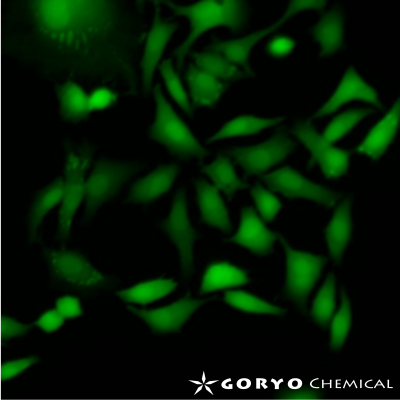

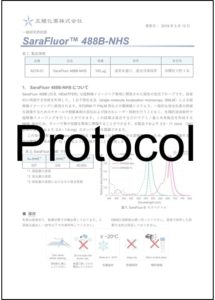
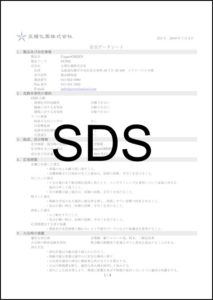
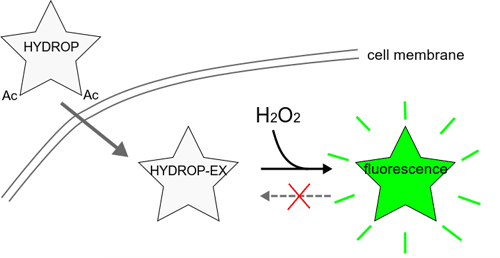
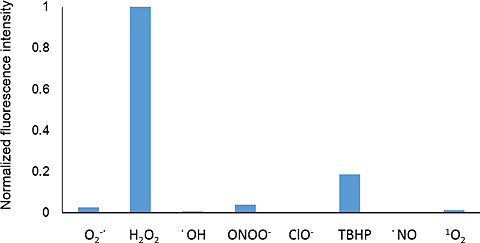
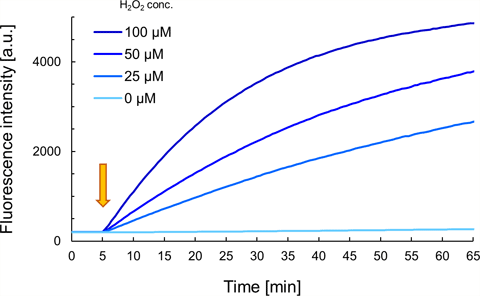
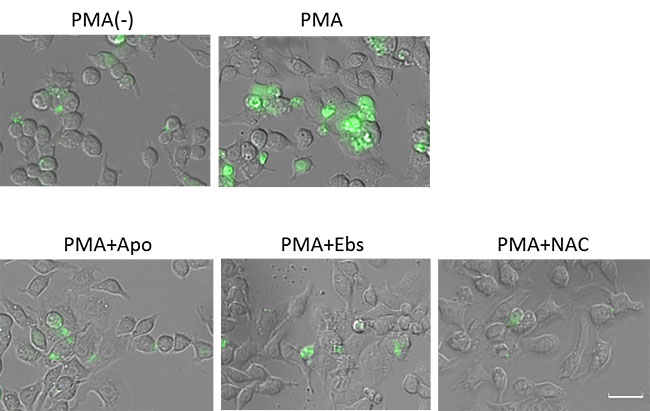
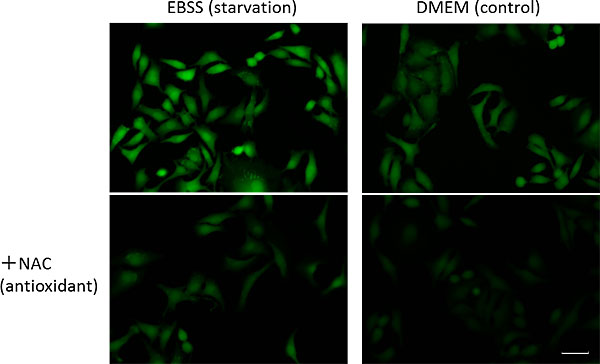
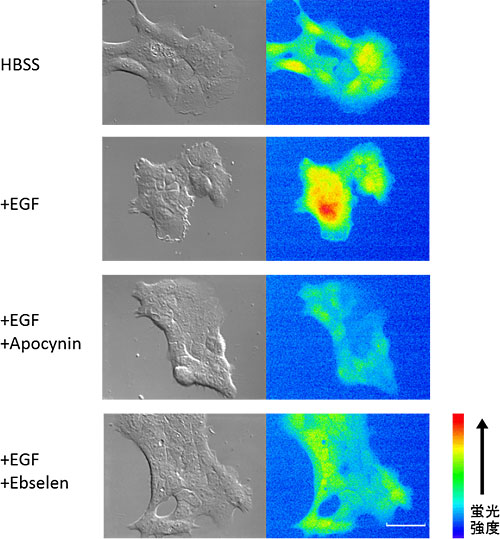
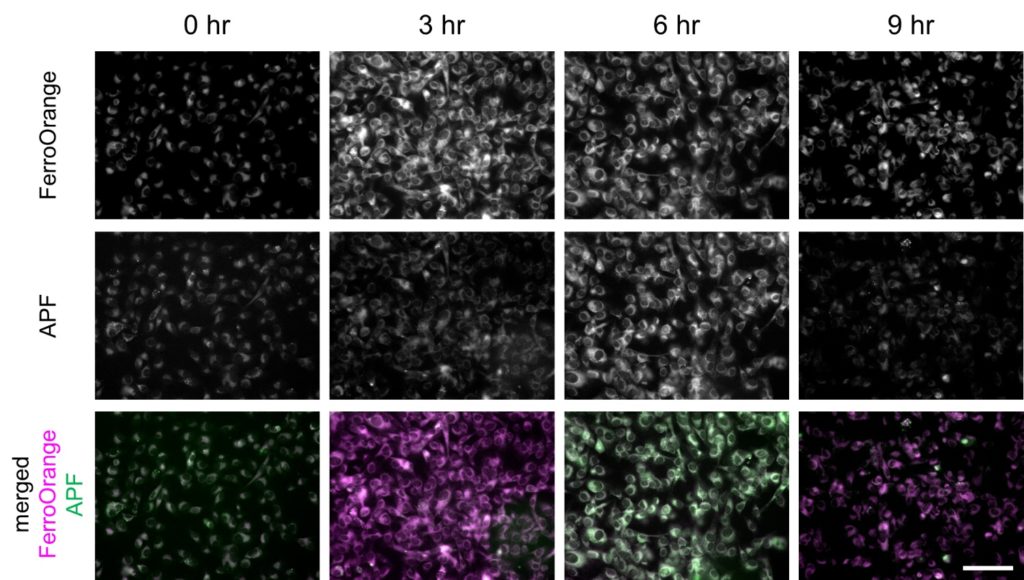
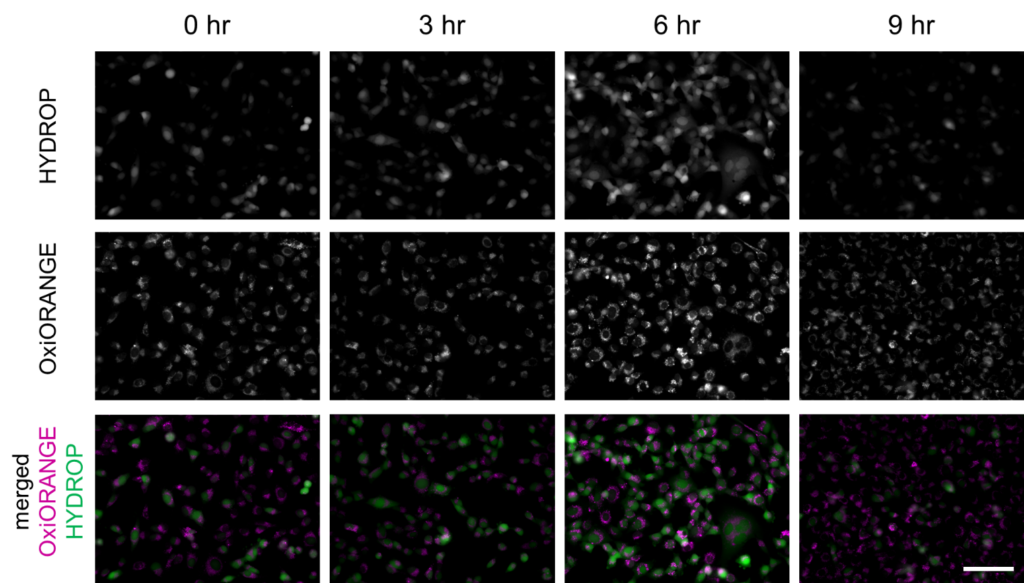

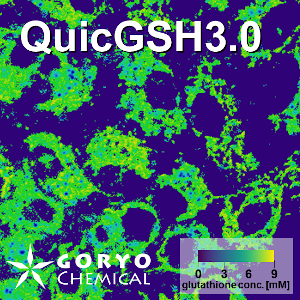
 Contact Us
Contact Us
